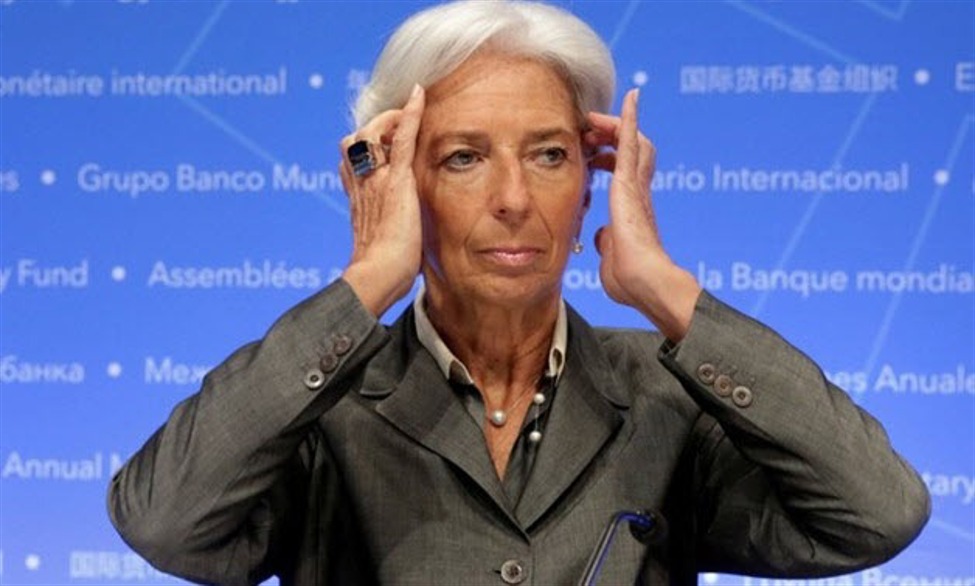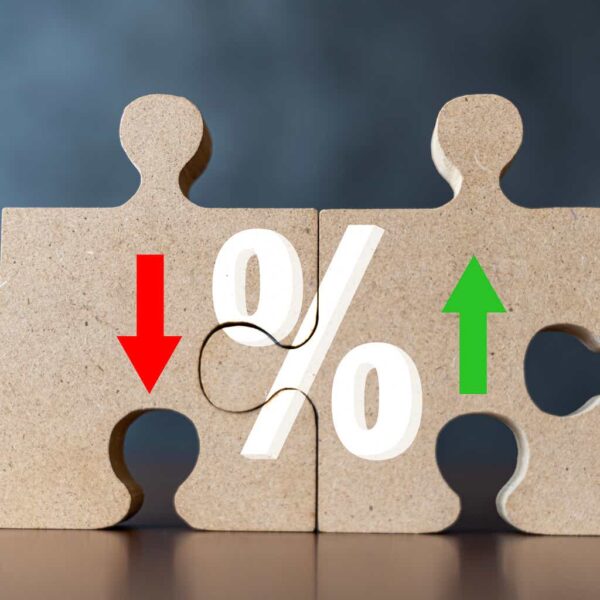Massimo Giachetti
Investment Thesis
About two years ago, I conducted an analysis on Under Armour, Inc. (NYSE:UA, NYSE:UAA) in which the company received my buy rating and I suggested underweighting its position in an investment portfolio, due to its elevated risk level.
I also published a comparative analysis between Under Armour and its competitor Nike (NKE), in which I selected Nike as the superior choice for long-term investors. This was particularly due to its lower risk level and superior Profitability metrics.
In today’s article on Under Armour, I will let you know why the company presently receives my sell rating. I will show you in greater detail why its risk-reward profile is not attractive enough for investors, given an elevated Valuation, negative growth metrics and enhanced risk level.
I believe that Nike presently offers investors the superior risk-reward profile, given its strong financial health, higher growth metrics, greater competitive advantages and enhanced potential for dividend growth in addition to its currently more attractive Valuation.
Nike has significantly more relevant competitive advantages compared to Under Armour, particularly due to Nike’s long-term endorsements with top sports teams and athletes. This extensive exposure, combined with Nike’s superior financial health, provides the company with a significant competitive edge over Under Armour.
Due to these characteristics, Nike is among the largest positions within The Dividend Income Accelerator Portfolio (presently accounting for 3.09% of the overall portfolio), which I am constructing on Seeking Alpha and which provides investors with a balanced mix of dividend income and dividend growth.
Under Armour’s Performance within the past 5 Years
The graphic below demonstrates Under Armour’s performance during the past 5 years. Within this time frame, Under Armour has significantly underperformed in comparison to the S&P 500 (SP500) and competitors such as Nike, Adidas (ADDDF, OTCQX:ADDYY) or Lululemon Athletica (LULU, LULU:CA).
While Under Armour has shown a negative performance of -56.57% within the past 5 years, the performance of Adidas has been -14.38%, Nike’s -0.86%, and Lululemon Athletica’s 41.40%. The performance of the S&P 500 has been 87.90% in this period, superior to each of the previously mentioned companies.
Under Armour’s Current Valuation
With a current P/E Non-GAAP [FWD] Ratio of 35.48, I consider Under Armour to be currently overvalued. This is the case since it stands 126.64% above the Sector Median of 15.65. However, it should be mentioned that Under Armour’s current Valuation is in line with its Average P/E Non-GAAP [FWD] Ratio over the past 5 years (37.32).
Under Armour’s Growth Outlook
My investment thesis that Under Armour is presently overvalued is confirmed when taking a look at the company’s growth metrics.
Under Armour exhibits a negative Revenue Growth Rate [FWD] of -3.88% and a negative EPS GAAP Growth Rate [FWD] of -23.22%, both are significantly below the Sector Median.
These negative growth metrics raise my conviction that Under Armour is presently overvalued, thus reinforcing my sell rating. I am convinced that the company’s Valuation is too high given its weak growth performance.
Under Armour’s Profitability Metrics
Under Armour shows relatively weak Profitability metrics, further reinforcing my sell rating for the company. It has an EBIT Margin [TTM] of 3.98%, which stands 49.65% below the Sector Median (7.90%).
Additionally, Under Armour has a negative Return on Common Equity of -4.36%, significantly below the Sector Median of 11.53%. This number indicates that the company is not generating positive returns for shareholders, once again supporting my sell rating.
Under Armour in comparison to its Competitors
When compared to competitors such as Nike and Lululemon Athletica, Under Armour has the significantly higher Valuation. While Under Armour’s current P/E Non-GAAP [FY1] Ratio stands at 35.48, Nike’s is at 25.77 and Lululemon Athletica’s at 18.43.
When it comes to Growth, Under Armour also shows inferior results when compared to its competitors. With a negative EBITDA Growth Rate [FWD] of -5.67% Under Armour is well below Nike’s 2.06%, Adidas’ 18.43% and Lululemon Athletica’s 13.74%. These metrics further confirm that Under Armour’s current Valuation is too high given its negative growth rates, once again reinforcing my sell rating.
In terms of Profitability, Under Armour also shows weaker results in comparison to its competitors. The company’s EBIT Margin [TTM] of 3.98% stands below Nike’s 13.15%, Lululemon Athletica’s 23.02%, V.F. Corporation’s (VFC) 5.35% and Puma’s (OTCPK:PMMAF, OTCPK:PUMSY) 7.02%, strengthening my conviction to rate the company as a sell.
Under Armour’s relatively low EBIT Margin [TTM] when compared to its competitors reflects its weak competitive position, indicating a higher level of risk for investors.
Under Armour: Risk Analysis
Proof of Under Armour’s elevated risk level is not only its low EBIT Margin, which I have mentioned previously, but also its elevated 60M Beta Factor of 1.66. This Beta Factor indicates that the Under Armour stock is significantly more volatile when compared to the broader stock market over a period of 5 years.
Under Armour’s 60M Beta Factor is above Nike’s (1.01), Adidas’ (1.15), Lululemon Athletica’s (1.25), V.F. Corporation’s (1.55) and Puma’s (1.08). This indicates an elevated volatility of the Under Armour stock compared to competitors, which once again highlights the elevated risk level for Under Armour investors.
Under Armour’s elevated risk level when compared to Nike or Lululemon Athletica is further evidenced by its lower EBIT Margin [TTM] of 3.98% when compared to Nike’s 13.15% and Lululemon Athletica’s 23.02%.
It is further reflected by a negative Return on Equity of -4.36% when compared to Nike’s 40.09% and Lululemon Athletica’s 23.02%.
In addition, it is worth highlighting that this currently relatively high Valuation alongside negative growth metrics, indicates a significant downside risk for the Under Armour stock.
Given Under Armour’s elevated risk level and its limited potential for positive investment outcomes (which is a result of the company’s high Valuation and negative growth metrics), it receives my sell rating. I believe that Under Armour does not provide investors with an attractive risk-reward profile: the reward is currently not worth the risk.
In my opinion, Nike offers investors significantly lower risk, a more attractive Valuation, a much stronger competitive position, greater competitive advantages, and superior financial health. All of these characteristics make Nike the superior risk-reward choice when compared to Under Armour.
This opinion is also reflected in my private portfolio, in which Nike is one of the largest positions, and within The Dividend Income Accelerator Portfolio, in which Nike presently represents 3.09% of the overall portfolio. Nike plays a key role in both portfolios, by strongly contributing to their dividend growth potential.
Setting an Allocation Limit of 1.5% to decrease the risk level of your portfolio
Under Armour presently receives my sell rating. However, in case you plan to buy or hold your Under Armour shares, I suggest setting an allocation limit of 1.5% compared to the overall portfolio.
This approach allows you to reduce the risk level of your portfolio, and to minimize the potential negative impact a poor performance of Under Armour could potentially have on your portfolio’s Total Return.
Conclusion
As I believe that Under Armour’s current risk-reward profile is not attractive, the company receives my sell rating.
Compared to competitor Nike, Under Armour appears significantly less attractive. Nike boasts greater competitive advantages, stronger financial health, a lower Valuation, and higher growth metrics. Additionally, I believe that the risk level is significantly lower for Nike investors compared to Under Armour. I am convinced that Nike offers a much more attractive risk-reward profile.
With that in mind, I recommend selling your Under Armour stocks and to reallocating the capital to Nike.
I plan to overweight Nike within both The Dividend Income Accelerator Portfolio and my private portfolio over the long term, given the company’s attractive risk-reward profile and its strong ability to deliver dividend growth.
Editor’s Note: This article discusses one or more securities that do not trade on a major U.S. exchange. Please be aware of the risks associated with these stocks.



















